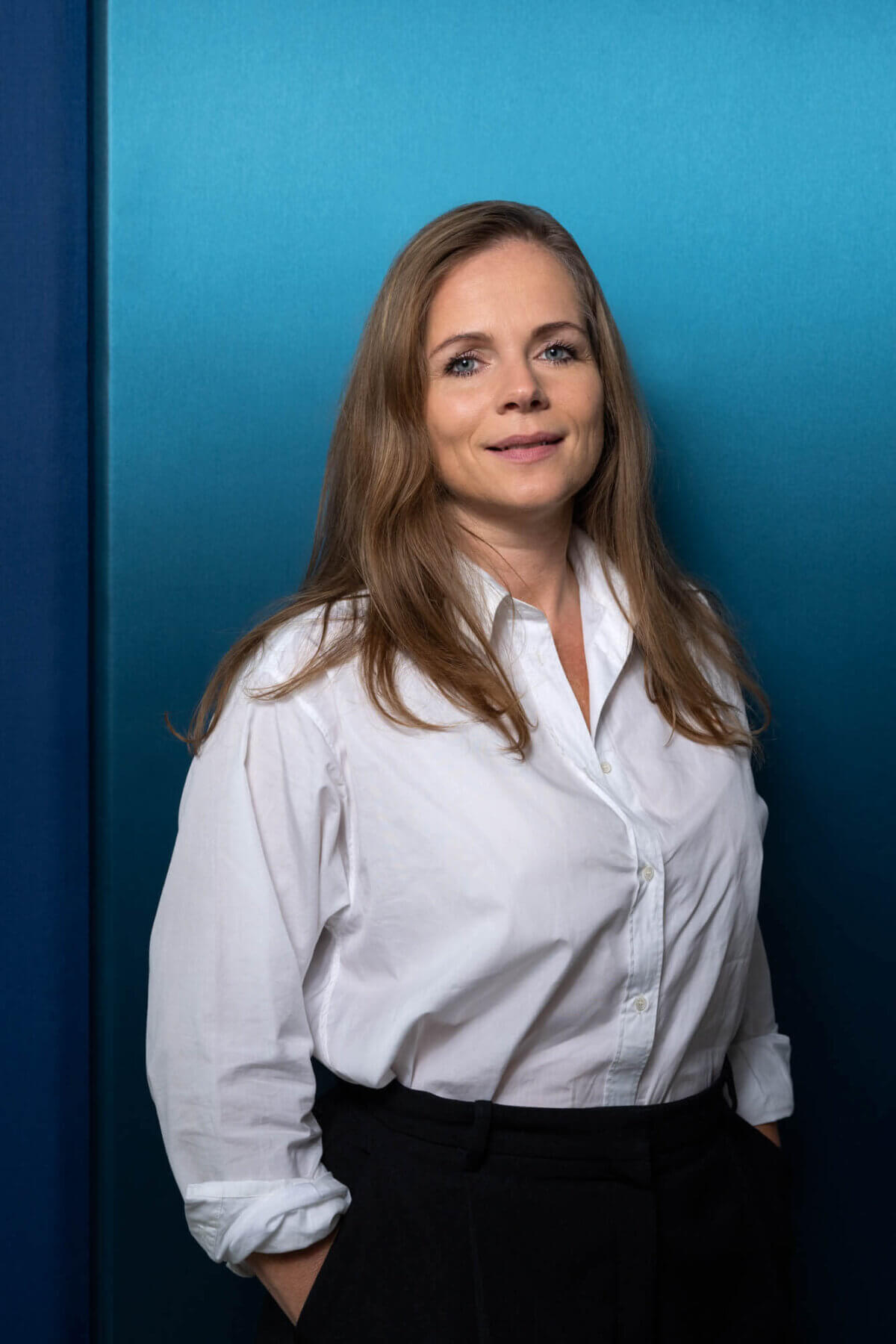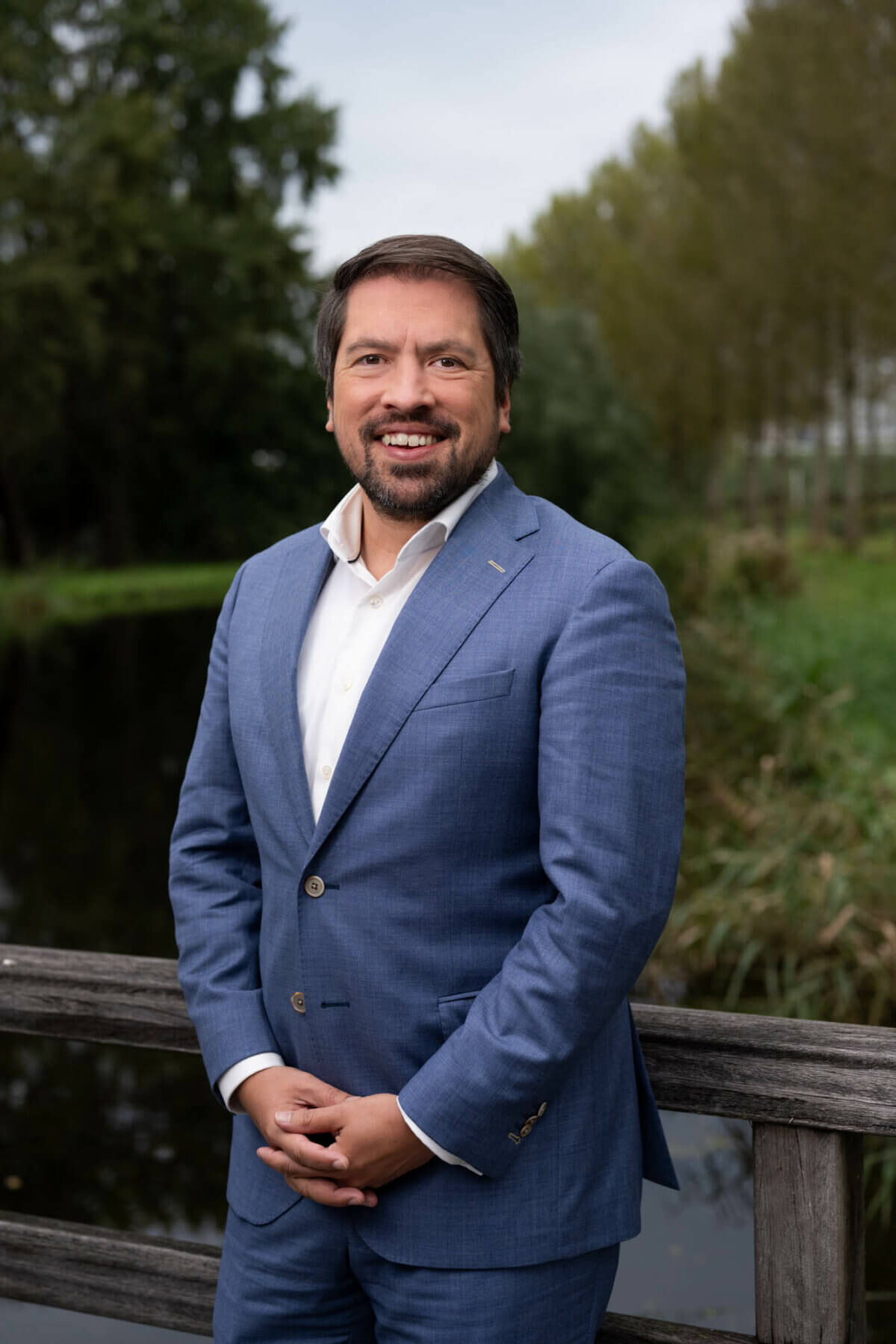Dutch subsidy scheme for scaling up renewable hydrogen production (EUR 250 million)
Key take aways:
- The Subsidy Scheme regulates subsidies for the development and production of green hydrogen plants of 0.5 – 5 MW;
- EUR 250 million is available on the basis of ranking by amount per MW.
- A number of aspects complicate the business case for companies (license and capacity statement requirements and dependence on draft regulations).
- Although the Subsidy Scheme is in draft, it pays to prepare for the application now (in view of the high requirements for the application).
Yesterday (18 July 2022) the consultation was opened for the Subsidy Scheme for scaling up renewable hydrogen production via electrolysis. With this subsidy, the government will make EUR 250 million available to realize projects for hydrogen production with a capacity between 0.5 and 5 megawatts (MW). Although this is a draft scheme, the envisaged entry into force (as of 1 January 2023) and the conditions for granting subsidies mean that it may be worthwhile to take the Subsidy Scheme into account now, so that an application can be submitted (in an optimal and timely manner). be submitted.
Reason for Subsidy Scheme
The scaling up of hydrogen production is part of the government’s vision for hydrogen from March 2020. It sets out the national target to achieve 3 to 4 gigawatts (GW) of electrolysis capacity for green hydrogen by 2030, i.e. in seven and a half years. With so-called electrolysers, water is converted into hydrogen (and oxygen) using electricity. In the period 2015-2019, the capacity of realized electrolysers worldwide averaged less than 1 MW – a limited contribution to the target. The Minister expects that the Subsidy Scheme will contribute to an additional electrolysis capacity of 50-100 MW.
Larger electrolysers have currently been announced (e.g. Shell with a 200 MW hydrogen plant), but there is a great need for scaling up to meet the target by 2030. The aim is also to reduce the costs for the design and realization of electrolysers. One of the options is to subsidize relatively small-scale projects. The Subsidy Scheme aims to enable the development and production of hydrogen factories with a capacity between 0.5 and 5 MW, which in turn should facilitate the development of larger factories.
For projects with more than 5 MW there is a European subsidy for so-called “IPCEIs” and in the Netherlands other subsidies based on DEI+ and SDE++ can also be obtained. However, all these subsidy options do not specifically contribute to the development and operation of electrolysers for green hydrogen. That is why the Subsidy Scheme has been created.
Main features of the Subsidy Scheme
As indicated, the Subsidy Scheme only applies to projects with electrolysers with a capacity between 0.5 – 5 MW and which are connected to the electricity grid and/or are connected with a so-called direct line to a production installation for renewable electricity (i.e. a wind farm or solar park). There must be a ‘renewables power purchase agreement’ with which it can be demonstrated that sustainable electricity is used for the hydrogen plant. It is also prescribed that the factory can only produce green hydrogen during times when the wind or solar park is also producing. There must therefore be a ‘temporal correlation‘ between the wind or solar park and the hydrogen plant in order to demonstrate that the product is ‘green’ hydrogen.
The Subsidy Scheme subsidizes both investment costs for the project and operating costs. This makes the Subsidy Scheme different from the DEI+ (which subsidizes development) and SDE++ (which subsidizes production).
The Minister of Climate and Energy (the Minister) expects ten to twenty projects to be registered. The Minister expects five of these projects to be subsidized under the Subsidy Scheme. It is therefore wise to pre-sort well for the Subsidy Scheme, so that the notified project is ranked as high as possible.
Projects are selected on the basis of a ranking. This will in the first place be determined by the amount of the registered amount (amount per MW), i.e. the subsidy requested for the investment and exploitation part and for the specified production. It also applies that at least one project with a ‘direct line’ to a wind or solar park will be awarded and one project that has a connection to the electricity grid.
In addition, the subsidy is granted for a period of 15 years (production), which can be extended by one year if the subsidized production has not yet been achieved. During the subsidized period, the subsidy recipient must always meet various measurement, reporting and evaluation requirements. After the 15 (or 16) production years have elapsed, the subsidy is determined (and possibly too much or too little subsidy can be settled).
Requirements application subsidy
In order to receive a subsidy, an application must be submitted to the Netherlands Enterprise Agency (RVO), which carries out this for the Minister (just like the other hydrogen-related schemes). The application must state information on the project for which the subsidy is requested (input power, production, planning) as well as the amount of the requested subsidy amounts.
The environmental permit must also be added to the application, which contains the permission (and conditions) for the operation of the production installation. A feasibility study and permission from the land owner must also be provided (if not the applicant). Finally, a capacity statement from the grid operator must also be supplied, showing that the capacity required for the production installation is available. Such statements are hard to come by nowadays. This statement may not be older than one month (at the time of the application). The Minister then decides within thirteen weeks after the application period has expired (which period can be extended once by another thirteen weeks).
The Minister may refuse the application – in addition in the case of an incomplete application – if he considers it unlikely that the realization of the production installation is feasible or technically, financially or economically feasible. Even if at the time of the application irreversible investment obligations for the realization had already been made or if activities had already started before the application was submitted. It is not clear what can be seen as ‘irreversible investment obligations’ (purchase of land or leasehold?) or ‘activities’ (permit application, design activities?). Furthermore, the application can be refused if SDE+(+) has already been granted for the production of hydrogen or if it is clear that the project does not require a subsidy – which has not been further clarified.
These conditions considerably restrict the applicant’s room for manoeuvre and also make the Subsidy Scheme somewhat uncertain/unclear. On the one hand, there may not yet be any irreversible financial obligations, but on the other hand, the applicant must already have an environmental permit and a transmission capacity statement. Also, the timing is complicated; obtaining an environmental permit can take a long time these days. Depending on the opening of the Subsidy Scheme, this may be an unfeasible deadline (certainly if local residents and environmental organizations lodge an appeal).
Conditions for subsidy
The most important condition is that renewable hydrogen is generated. To do this, the hydrogen must meet the conditions that are included in the EU regulation with regulations for renewable hydrogen (currently in consultation version). If non-renewable hydrogen is also produced in the subsidized electrolyser (e.g. by electricity generated with natural gas), a CO2 saving of 70% must still be achieved with the total hydrogen produced. The calculation is based on a (different) EU regulation that is also currently in a consultation version.
Once the subsidy has been granted, the applicant must realize the production installation in the Netherlands or in the Dutch Economic Exclusive Zone within three years (to be extended by a maximum of one year). Until the production installation has been completed, the subsidy may not be transferred (e.g. to a project company), unless an exemption has been obtained for this.
The operator/subsidy recipient must then also be certified under a ‘voluntary system’ that has been approved in accordance with the Renewable Energy Directive 2018/2001 (RED). There are currently none, but it is expected that they will be registered shortly. It is then the intention that the production installation is checked by an accredited body (to determine that the correct monitoring and reporting is taking place).
A declaration of suitability must also be obtained and the operator must draw up a measurement protocol, which must be approved. This approval and declaration must be obtained from a metering company (in practice this will be a network operator). The subsidy recipient will subsequently have to report periodically on the realization and production of the subsidized hydrogen (plant).
After the subsidy has been awarded, the subsidy recipient may also be obliged to submit an ETS statement. This is a statement showing the benefits the subsidy recipient obtains within the framework of the Emission Trading System in the EU. After all, by replacing business processes with the use of hydrogen, a company saves CO2 emissions. By saving CO2 emissions, a company has to buy and surrender fewer CO2 allowances (on the basis of the ETS). To the extent that the company had those rights, it can sell them. In both cases, preventing CO2 emissions also yields benefits under the ETS. These are included in the amount of the subsidy (see below). An ETS statement has been introduced to record this.
Amount of the subsidy
As mentioned, the subsidy consists of two parts; an investment part and an operating part. These can be requested together (or one of the two) for a certain amount. The subsidy will then be awarded depending on the ranking of the application.
The investment part concerns costs for i) land and buildings, ii) machinery and equipment (including batteries up to 1 MW), iii) materials and resources, iv) intangible assets and v) infrastructure. According to the Minister, this refers to the electrolyser and all equipment that falls under the so-called Balance of Plant (BoP). However, costs incurred before the application are not subsidized. A reference amount is deducted from these eligible costs (alternative / saved costs for realizing a ‘grey’ hydrogen plant). However, this is set to EUR 0 for plants up to 30 MW, for larger plants it depends on the plant’s full load. The investment portion is also reduced by subsidies previously granted. For large companies, a maximum of 40% of the remaining eligible costs will be reimbursed under the Subsidy Scheme (50% for medium-sized companies and 60% for small companies).
The operating part of the subsidy consists of the difference between the average cost price of the renewable hydrogen and the avoided costs for a reference investment (purchasing grey hydrogen). These costs are calculated by multiplying the annual production of green hydrogen by the determined subsidy amount (per kg).
This subsidy amount consists of a registered ‘tender amount’, which amounts to a maximum of the (non-subsidised) investment costs transhipped per kg of green hydrogen and the average production costs for green hydrogen. The correction amount is then taken from this tender amount, which amount consists of the avoided costs (e.g. purchasing grey hydrogen) and the avoided costs as a result of reduced CO2 emissions (the CO2 rights discussed above that the company saves or can sell). this correction amount is subject to a minimum, consisting of the ‘base hydrogen price’ (EUR 0.9883 per kg hydrogen). The correction amount will therefore never be less than that.
As an illustration, the subsidy granted is made clear as follows in the explanation (on page 39 of 53) to the Subsidy Scheme:

The number of kilograms to be produced is not limited. In principle, a producer may include as much production in the application as possible, but the chance of a high ranking decreases as the total amount requested (production times subsidy amount) increases.
With regard to production, the usual ‘banking’ system (with the SDE++) also applies in the Subsidy Scheme. Too much or too little hydrogen production (above the requested subsidisable production) may be carried over to the next year (to be compensated or made up).
Conclusions and comments
The Subsidy Scheme shows a number of similarities with the SDE Scheme, but also has a number of relevant details. Interested parties are therefore advised to study the scheme carefully (and to state any impossibilities or objections in the consultation). It is possible to submit comments until August 28.
In particular in terms of timing, it is important to ensure that the right steps (such as environmental permit, capacity declaration) are taken at the right time. At the same time, too many actions should not be taken too quickly, because pre-application costs are not subsidized.
You also have to play around with the amount to be registered, i.e. for which investment costs a subsidy is requested and for which production quantity. In contrast to the SDE++, applications in the Subsidy Scheme are assessed on the basis of amount (and not the time of registration).
Finally, it should be considered that activities/costs generally cannot be double-subsidised. In other words, it is necessary to carefully consider which subsidy is being applied for. It also applies, for example, that green hydrogen cannot generate tradable ‘Renewable Fuel Units’ for transport if that hydrogen has already been subsidized (on the basis of the Subsidy Scheme). It is possible that trading RFU’s is/will be more valuable than this subsidy (or vice versa). That is why timely and proper consideration is important for submitting an application.
For more information, please contact our Energy, Industry & Renewables team; Leone Klapwijk (Partner) and Victor van Ahee (Counsel)




